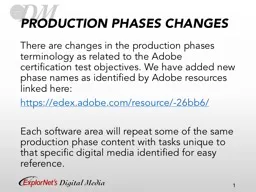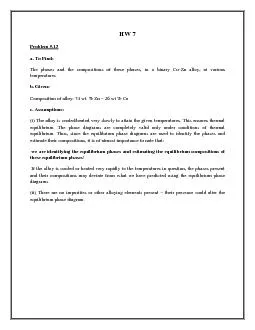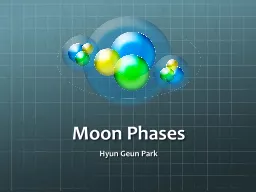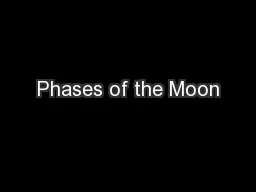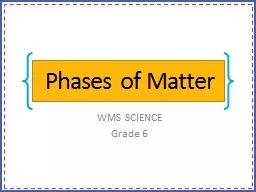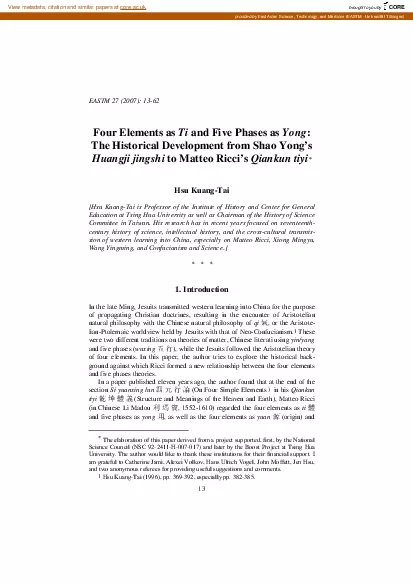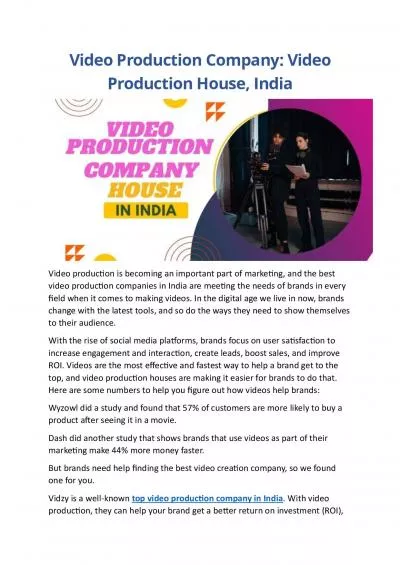PPT-PRODUCTION PHASES CHANGES
Author : hoodrona | Published Date : 2020-06-22
There are changes in the production phases terminology as related to the Adobe certification test objectives We have added new phase names as identified by Adobe
Presentation Embed Code
Download Presentation
Download Presentation The PPT/PDF document "PRODUCTION PHASES CHANGES" is the property of its rightful owner. Permission is granted to download and print the materials on this website for personal, non-commercial use only, and to display it on your personal computer provided you do not modify the materials and that you retain all copyright notices contained in the materials. By downloading content from our website, you accept the terms of this agreement.
PRODUCTION PHASES CHANGES: Transcript
Download Rules Of Document
"PRODUCTION PHASES CHANGES"The content belongs to its owner. You may download and print it for personal use, without modification, and keep all copyright notices. By downloading, you agree to these terms.
Related Documents

